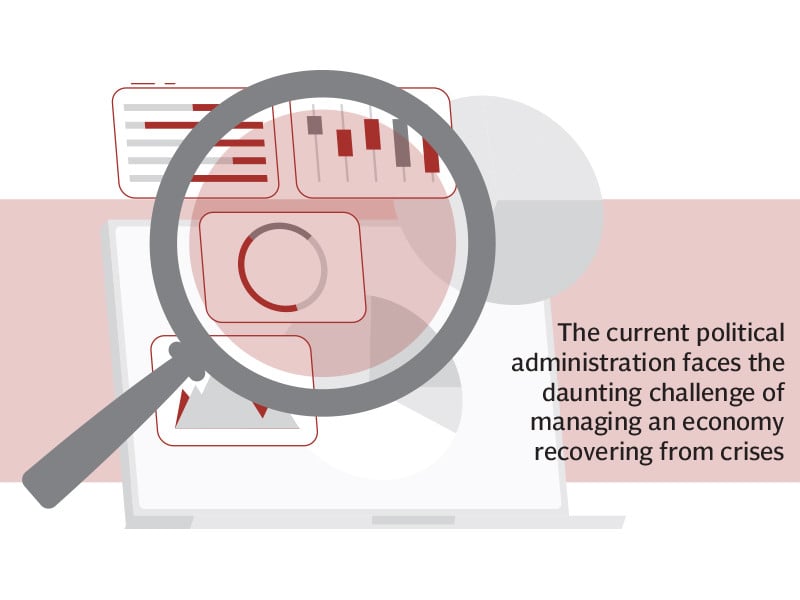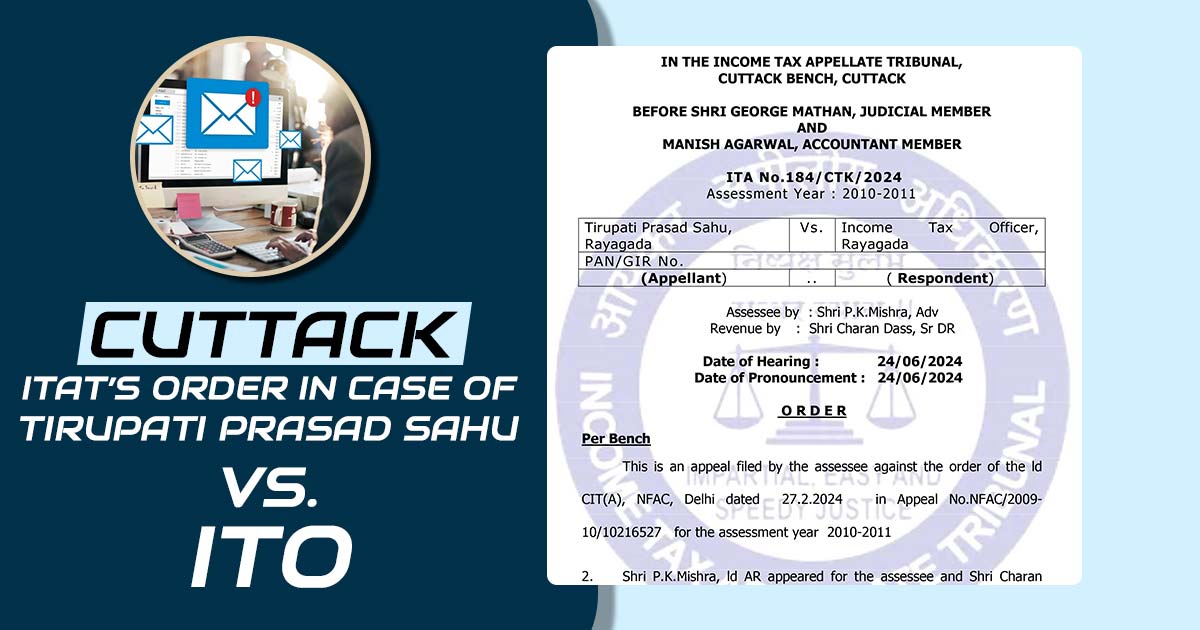ISLAMABAD:
Fitch on Monday sought additional data from Pakistan regarding its gross external financing needs for the current fiscal year to decide whether to maintain the current high-risk credit rating or improve it in light of a new deal with the International Monetary Fund (IMF).
The agency’s representatives held a virtual meeting with Pakistan’s Finance Minister Muhammad Aurangzeb shortly after issuing a politically sensitive report. However, the meeting did not address the firm’s prediction about the potential ouster of Prime Minister Shehbaz Sharif’s government within the next 12 to 18 months.
According to finance ministry officials, Fitch asked Pakistani authorities for details on total external financing requirements, plans to issue sovereign bonds, and raising debt from foreign commercial banks. The agency also requested more information about the country’s energy sector, which remains in poor condition despite multiple electricity price increases burdening consumers.
In its last review, Fitch noted that Pakistan’s external risks were easing but remained significantly high, retaining a ‘CCC’ rating that reflected high external funding risks amid substantial medium-term financing requirements despite some stabilisation and the successful completion of Pakistan’s Stand-by Arrangement (SBA) with the IMF.
The government hoped for an upward rating revision due to the success of the last programme and a new $7 billion deal for 37 months. Fitch also sought clarifications about the budget numbers and domestic debt financing.
An official handout by the finance ministry stated that Muhammad Aurangzeb provided an extensive update on Pakistan’s current economic landscape, starting with the successful completion of the 9-month SBA with the IMF. The minister emphasised the positive impact of the last IMF programme on the country’s macroeconomic indicators.
Aurangzeb reported that Pakistan’s foreign exchange reserves reached $9.4 billion, the stock exchange performed well, and inflation decreased to 12.6% in June 2024. He also noted a 7.7% rise in foreign remittances and a substantial 30% increase in tax collection during FY2024 compared to FY2023, with over 150,000 retailers registering as first-time taxpayers and IT exports exceeding $3 billion.
The federal minister informed the rating agency about multilateral institutions’ confidence in financing Pakistan’s projects and briefed them about Pakistan’s Staff-Level Agreement (SLA) finalised in July 2024 with the IMF for a new medium-term programme aimed at bolstering Pakistan’s homegrown economic reform agenda.
Aurangzeb outlined the new programme’s goals, including increasing revenues by 1.5% of GDP in FY2025 and by 3% over the next three years, and achieving a primary surplus of 1% of GDP for FY2025. The government has set an ambitious tax target of nearly Rs13 trillion in the budget.
He reiterated the government’s commitment to improving the tax-to-GDP ratio as part of ongoing fiscal consolidation measures. The discussions also covered ongoing reforms in the energy sector and state-owned enterprises, including privatisation and rightsizing of federal government entities to streamline operations and improve governance, aid the finance ministry.
Fitch representatives appreciated the ambitious targets and fiscal measures adopted by the government of Pakistan and acknowledged the improvement in economic indicators, according to the finance ministry.
However, last week, BMI Fitch Solutions highlighted concerns about the sustainability of Pakistan’s external debt due to the depreciation of the Pakistani rupee in 2022 and 2023. Despite rolling over significant debt payments in mid-2023, the underlying problem remains unaddressed.
“We forecast that Pakistani policymakers and their international partners will succeed in avoiding an acute debt crisis, but we think the country’s debt levels will remain elevated over the next 10 years,” stated BMI.
“Between 2023/24 and 2032/33, we expect growth in the country to average just 3.5%, compared to 5.4% in emerging markets,” noted the BMI report. This comparatively poor performance will see Pakistan’s GDP per capita fall further behind India’s. Whereas Pakistan’s GDP per capita was 78% of India’s in 2019, this ratio is expected to drop to 51% by 2032, it added.
BMI also commented on Pakistan’s political system and the legal battles faced by Imran Khan. “Despite several successful legal appeals, opposition leader Imran Khan will remain imprisoned for the foreseeable future. We expect the PML(N)-led government will remain in power over the next 18 months and will succeed in implementing IMF-mandated fiscal reforms.”
The report noted that the current political administration, lacking popular support, faces the daunting challenge of managing an economy recovering from the 2022-23 crises while addressing fragile security concerns. “Further protests by Khan’s supporters—many of whom believe their party has been targeted by Pakistan’s establishment—are likely,” according to BMI.




